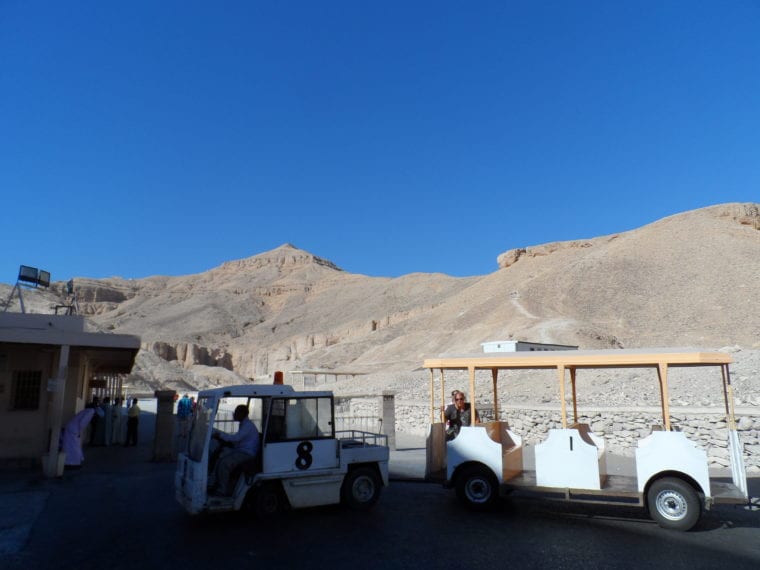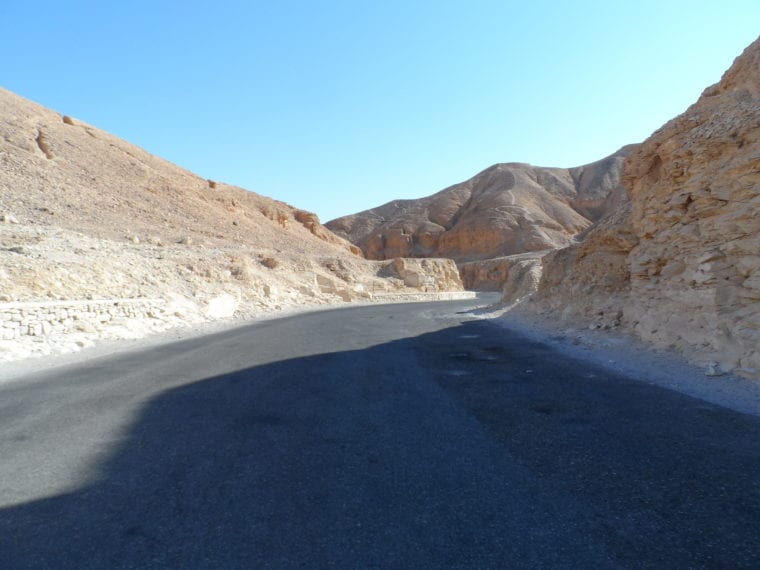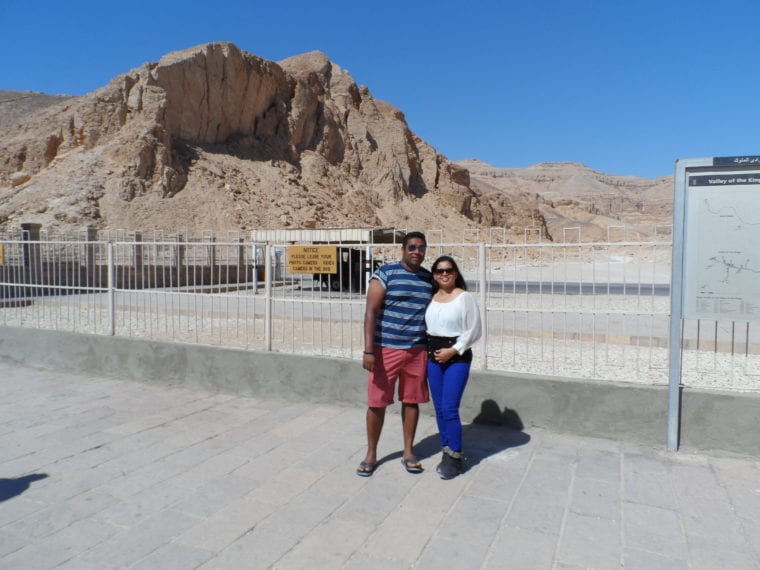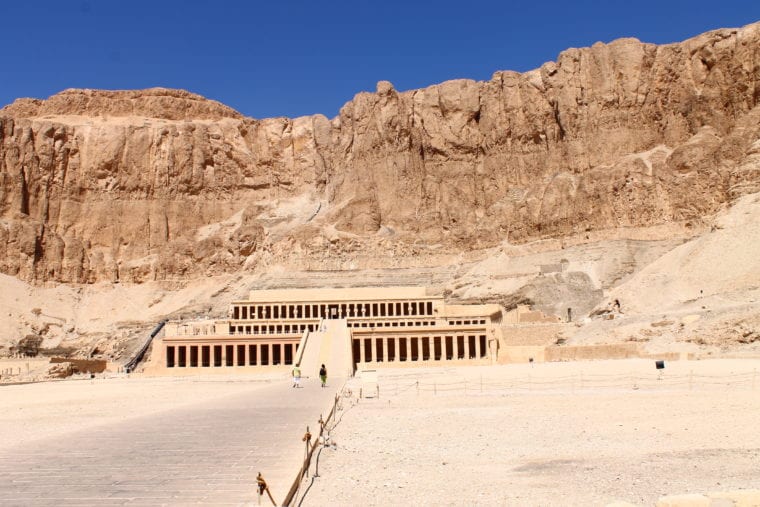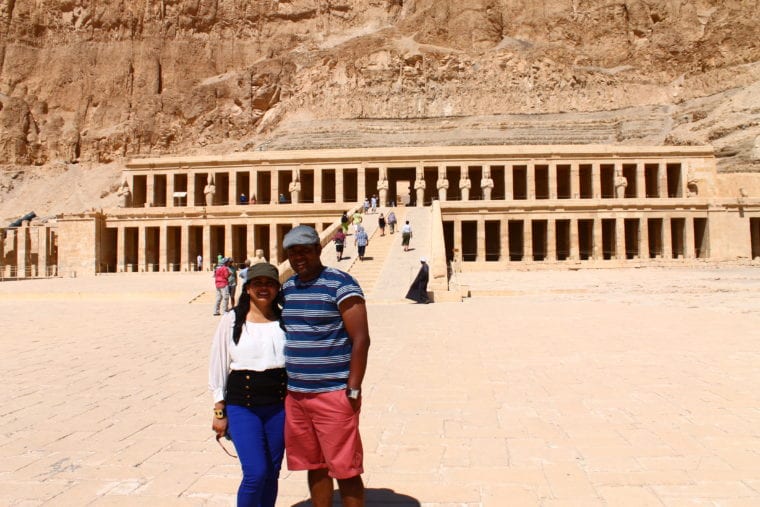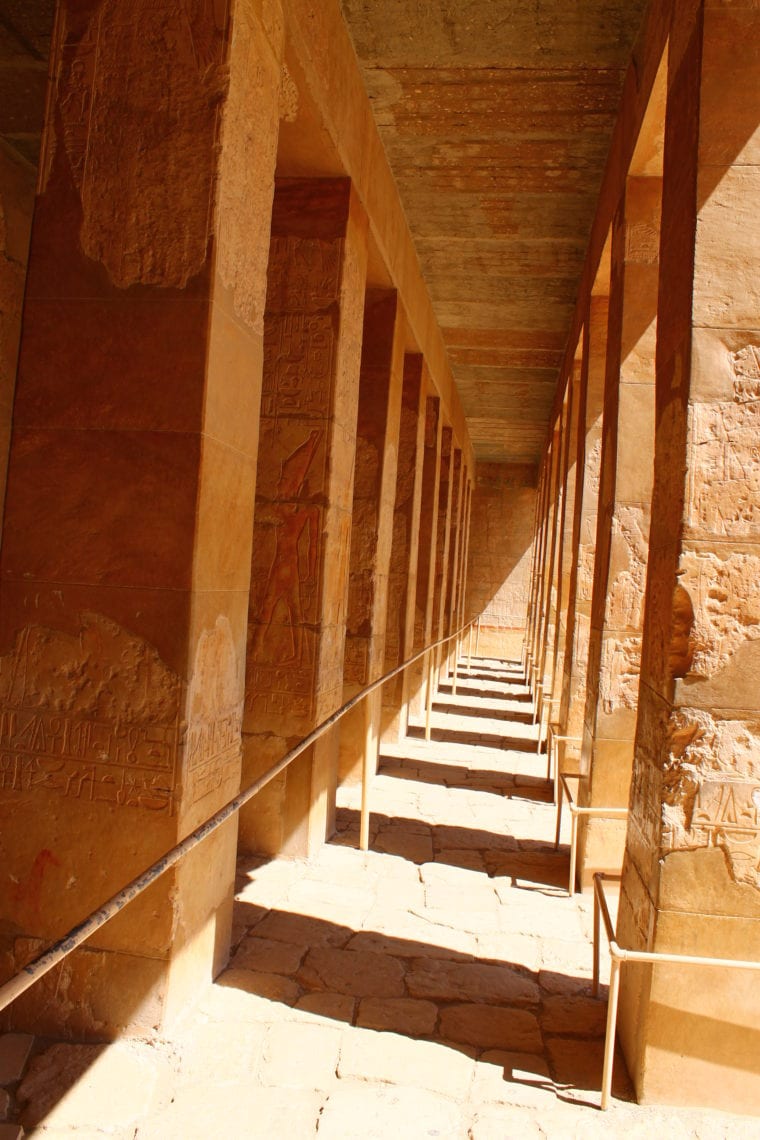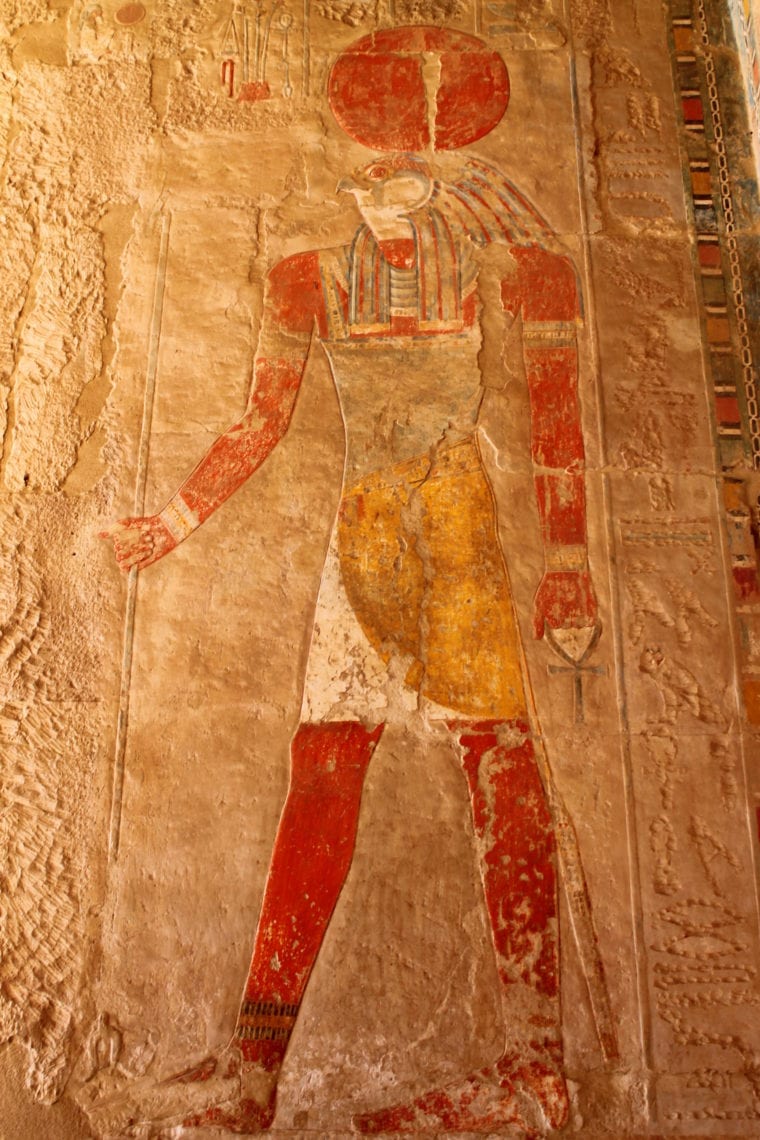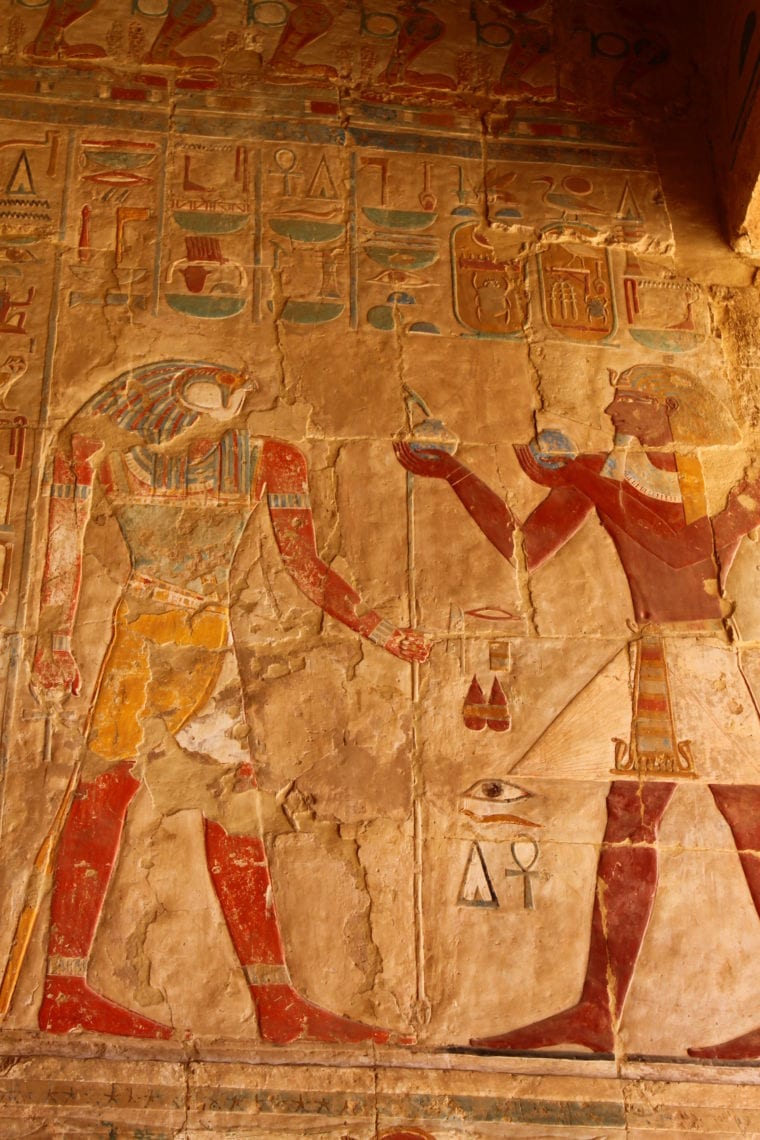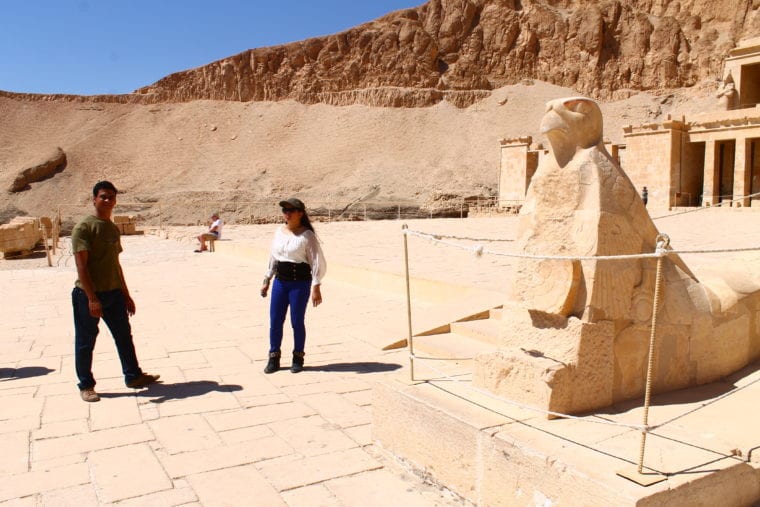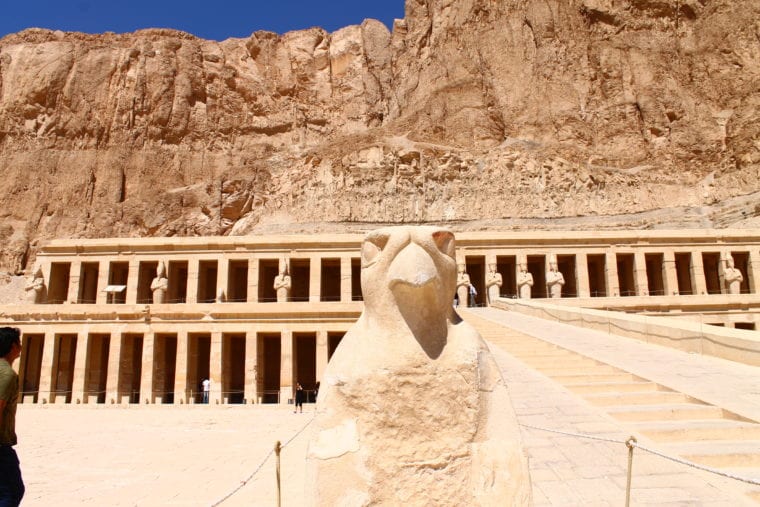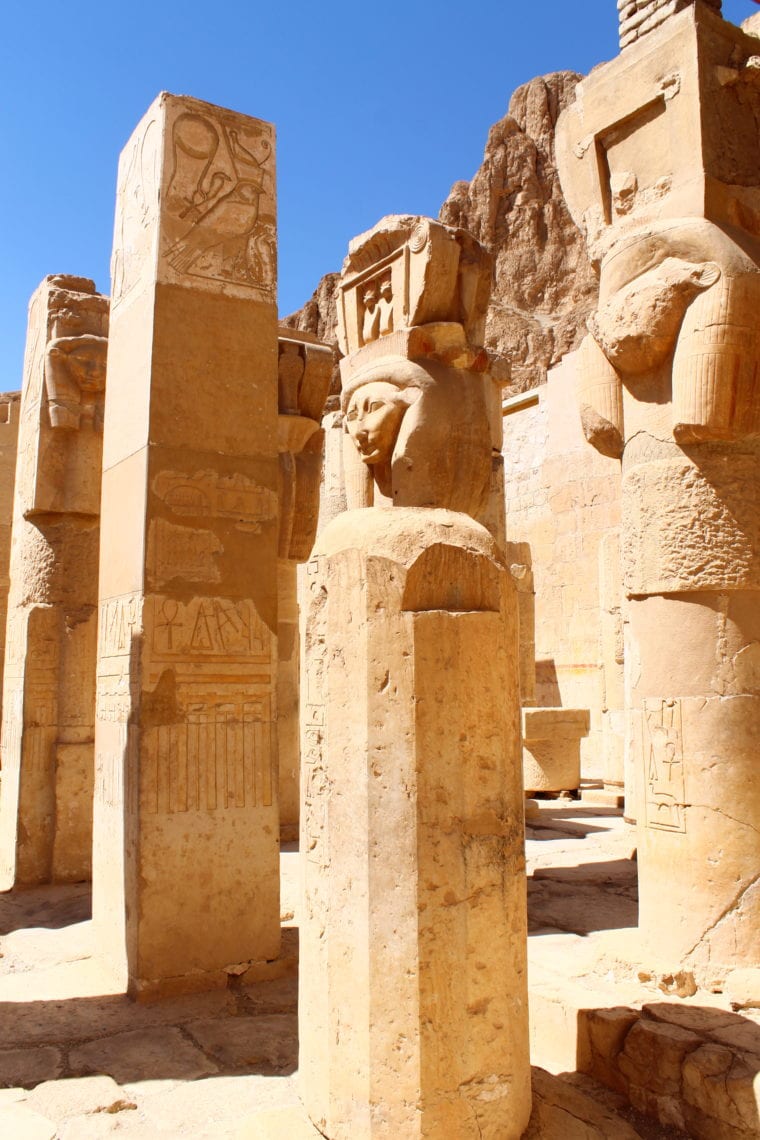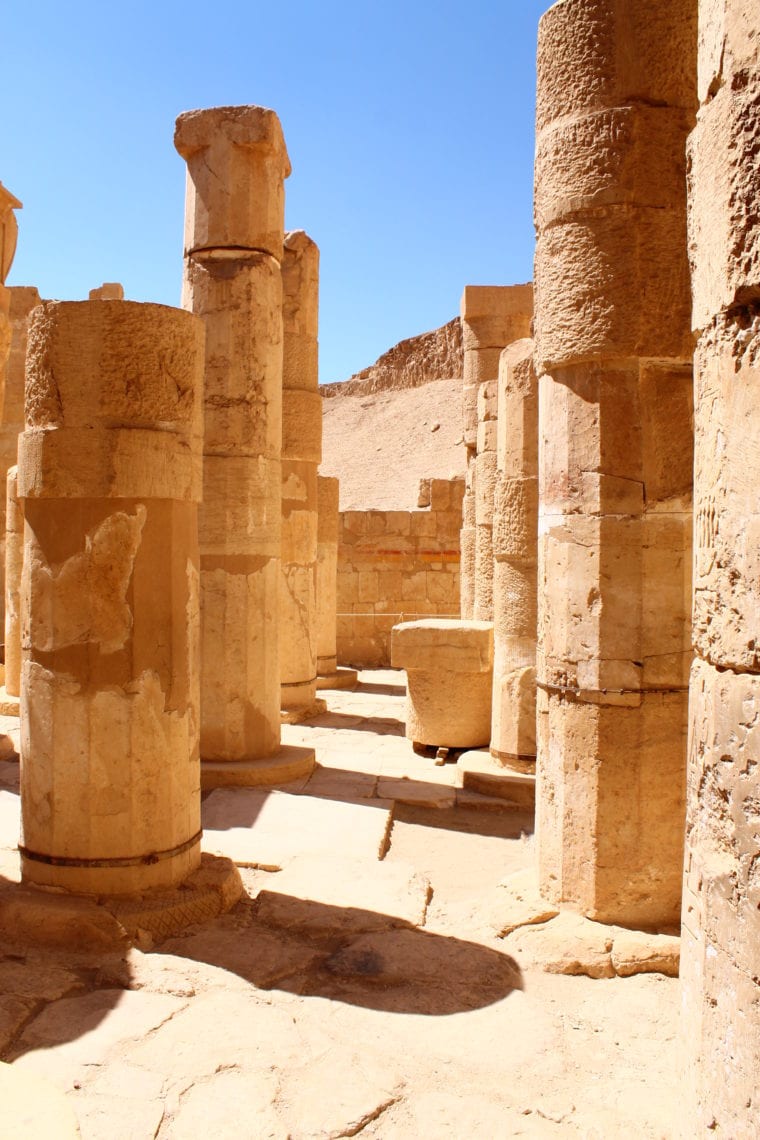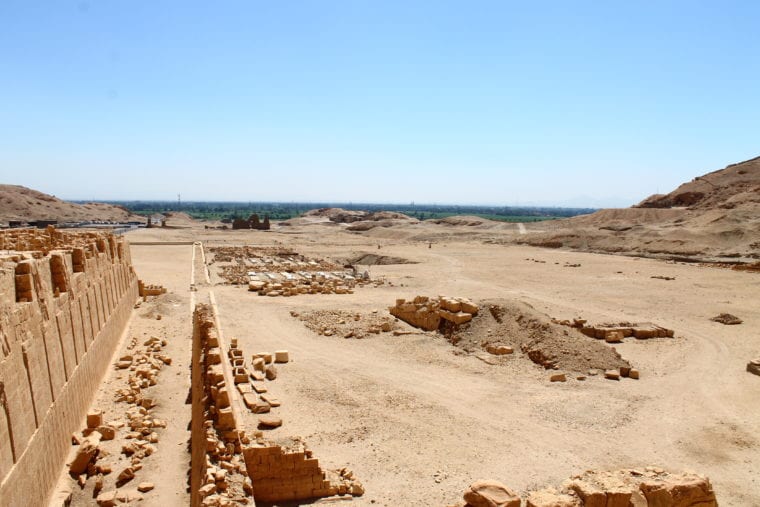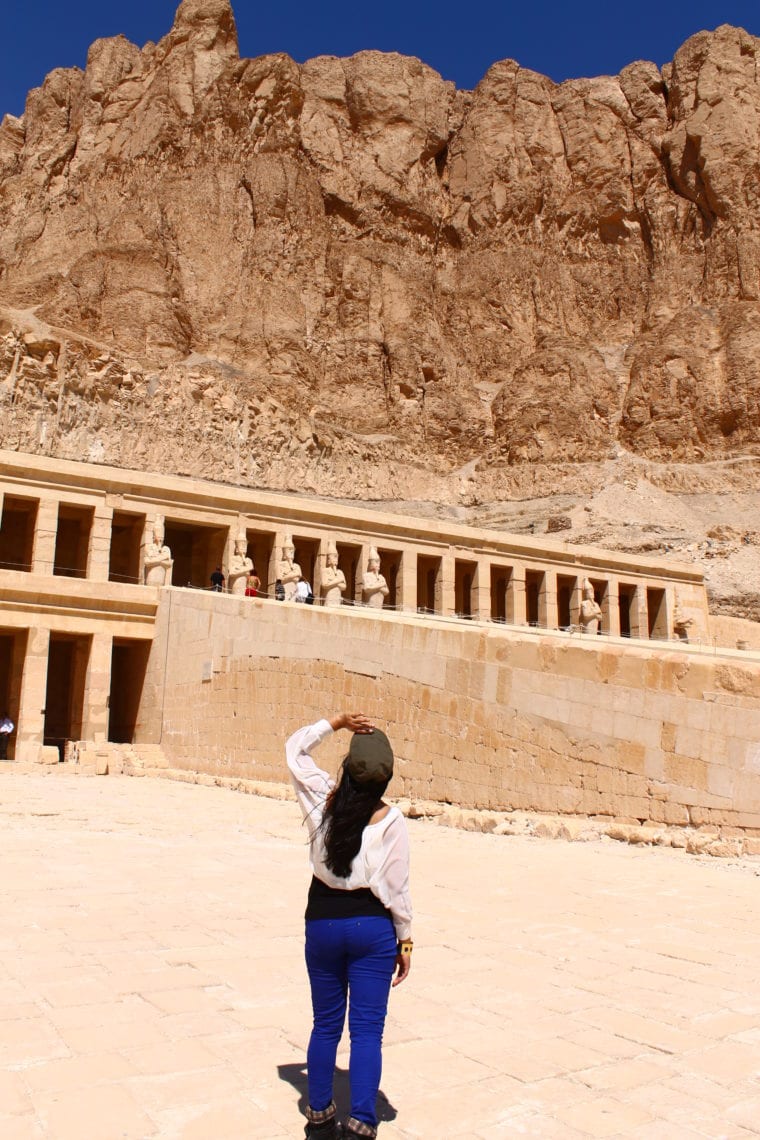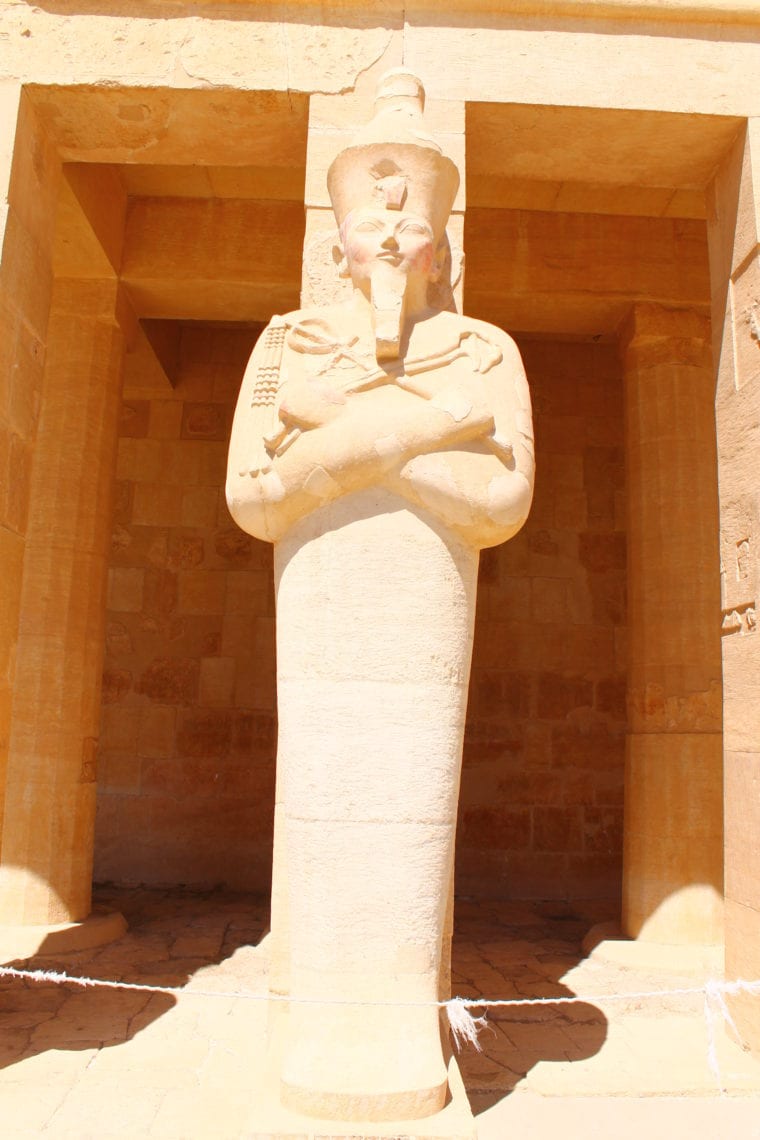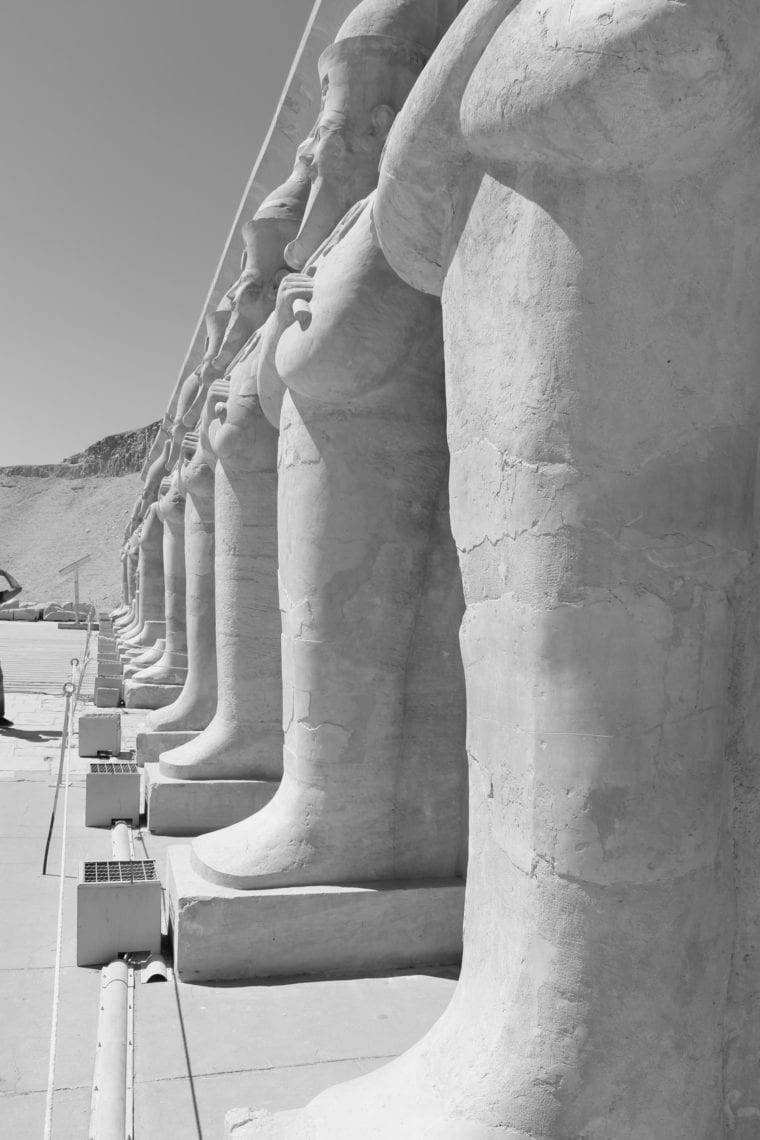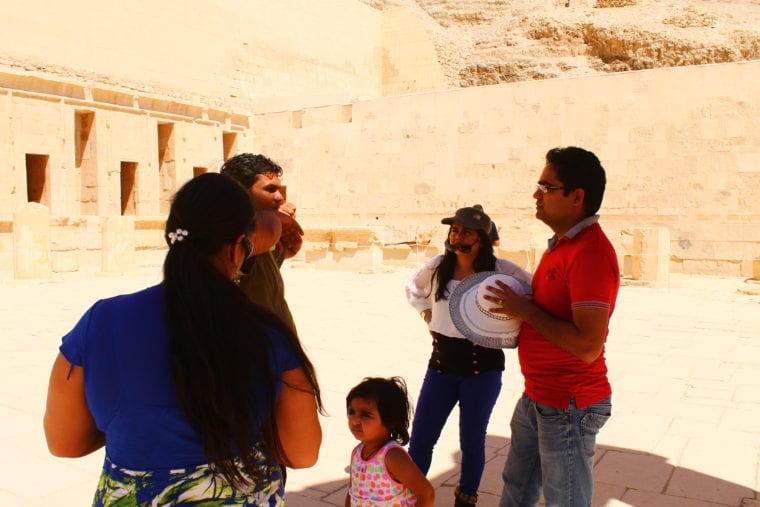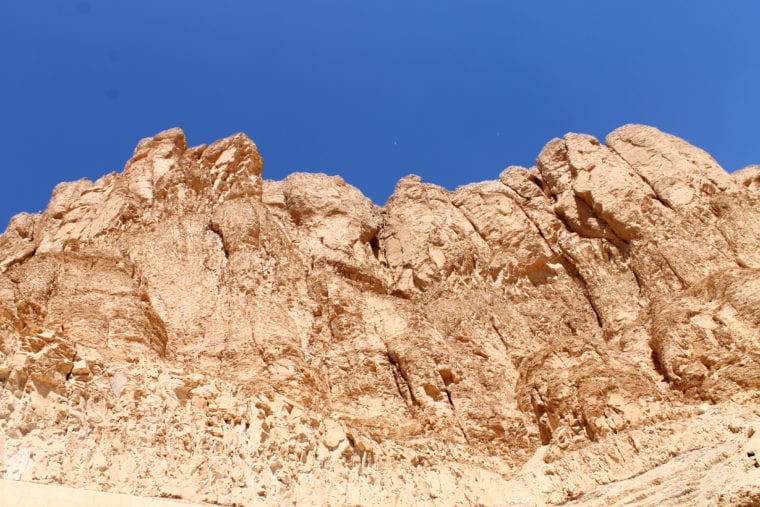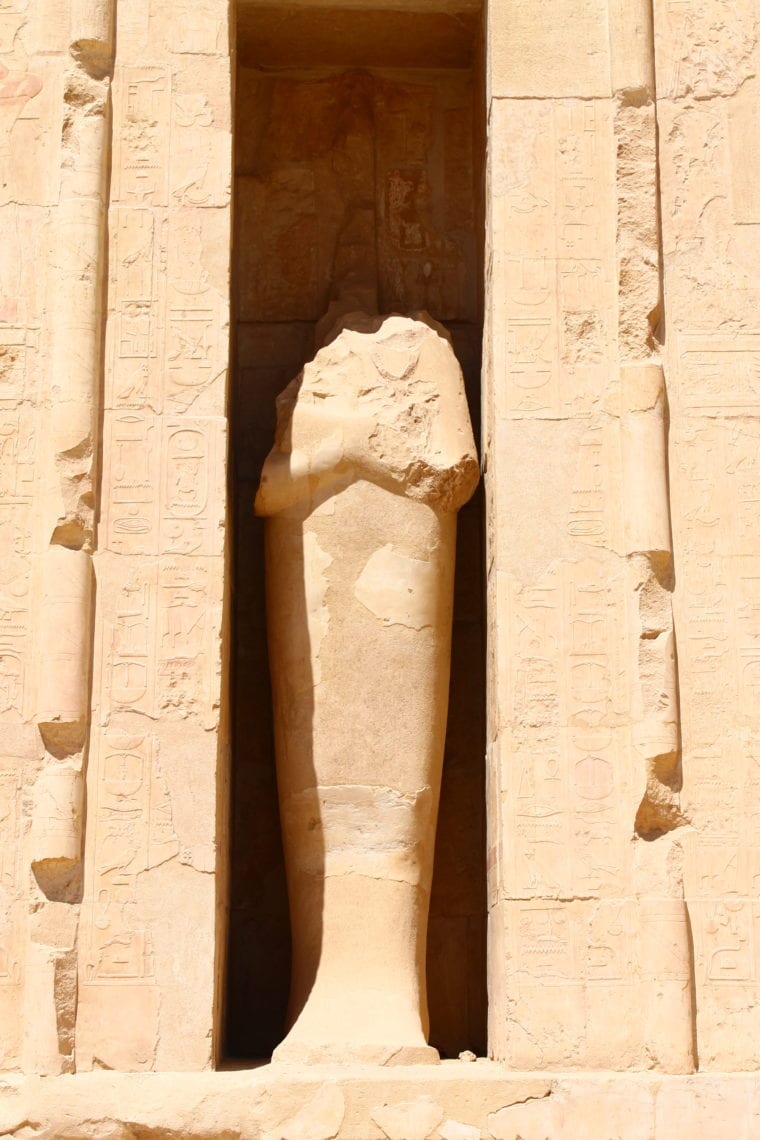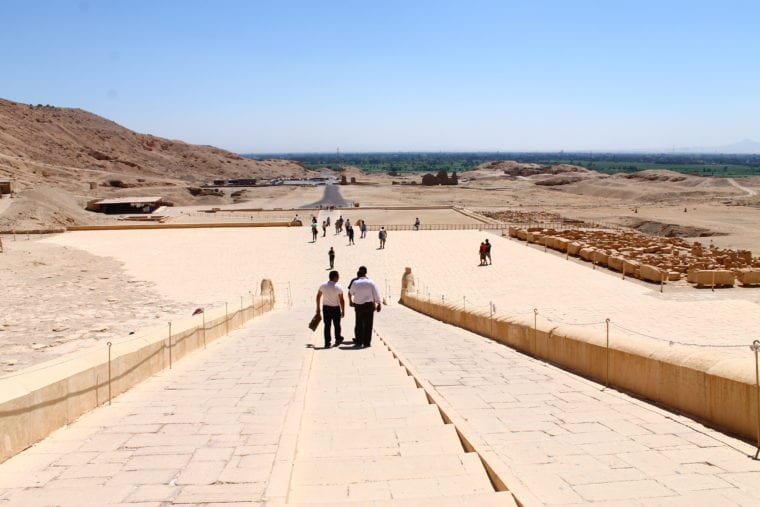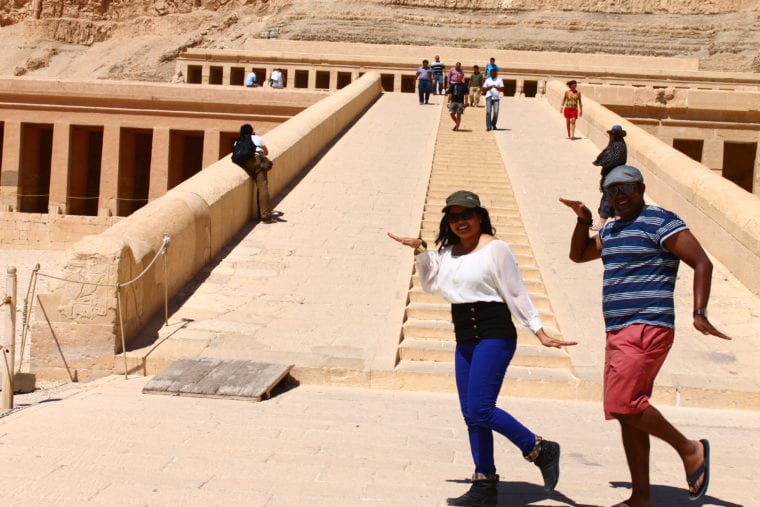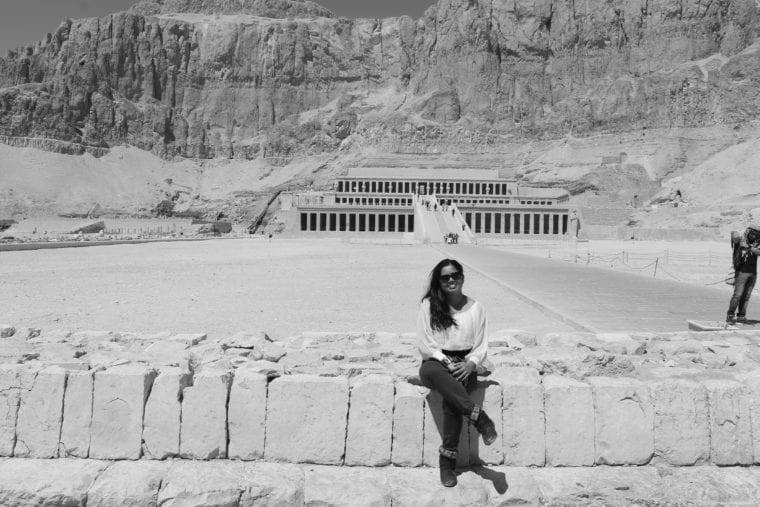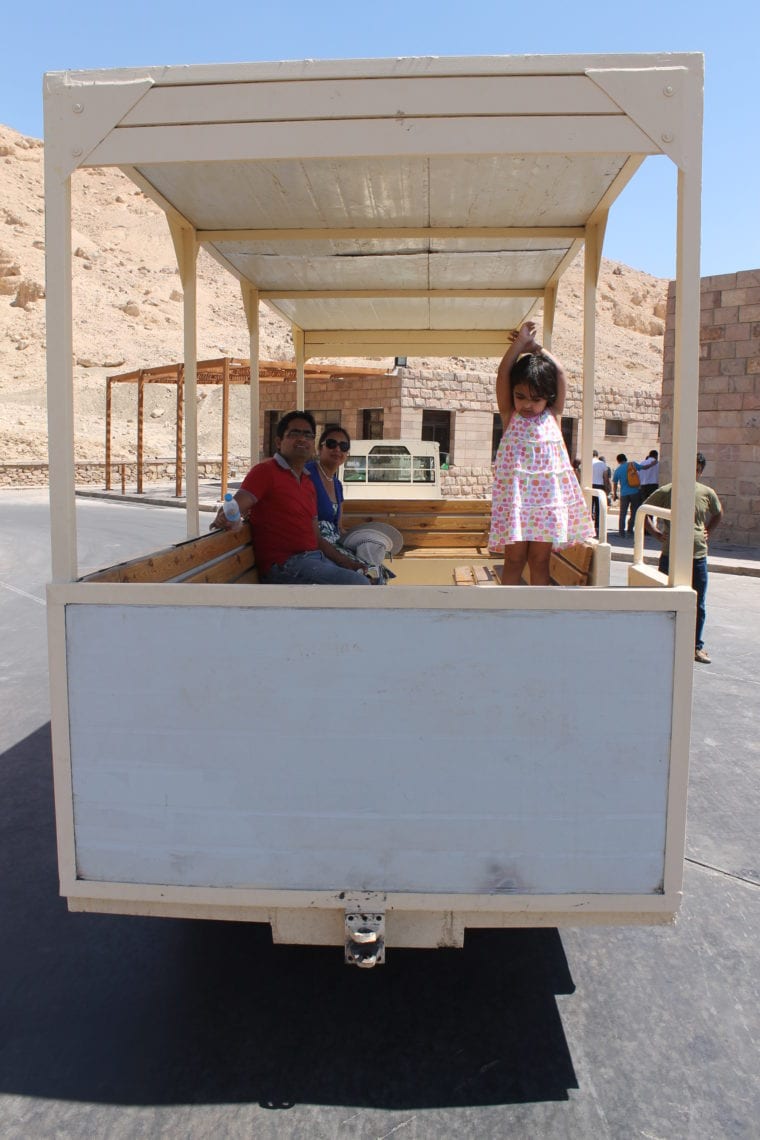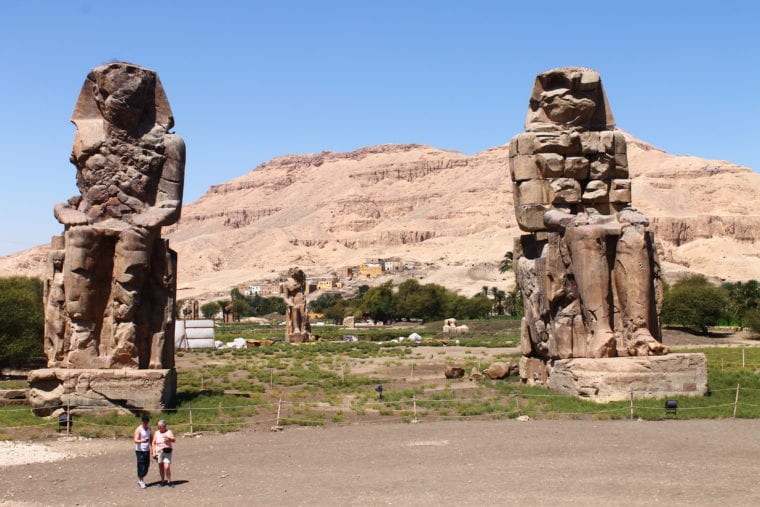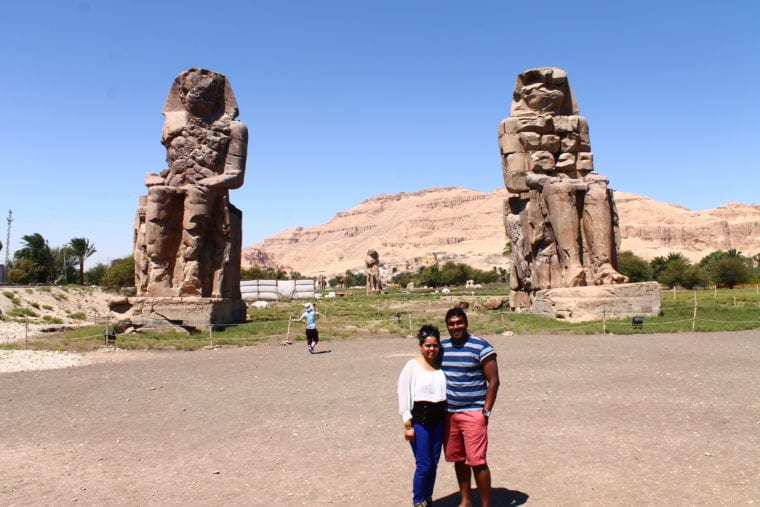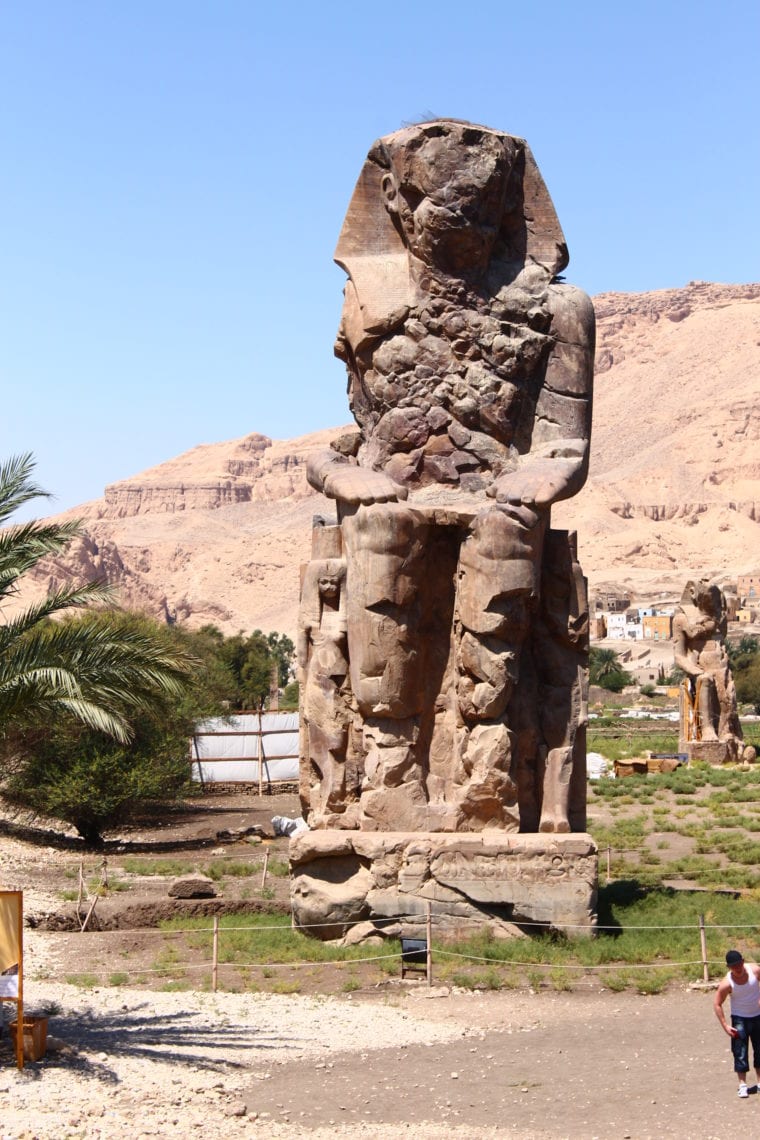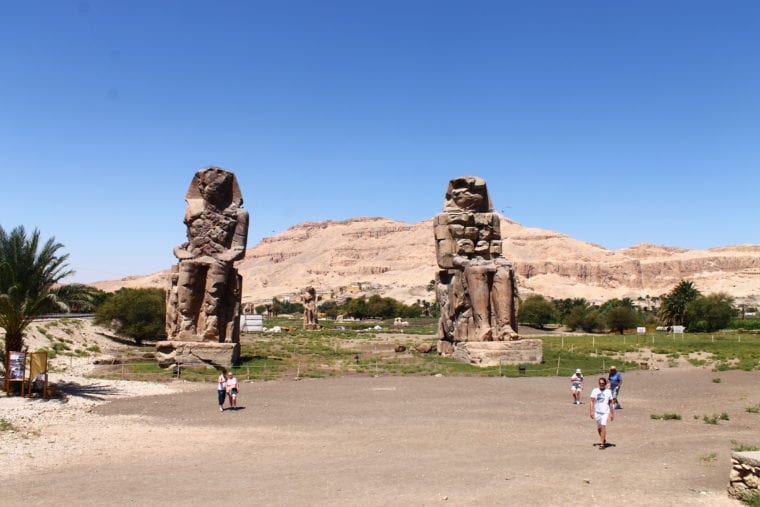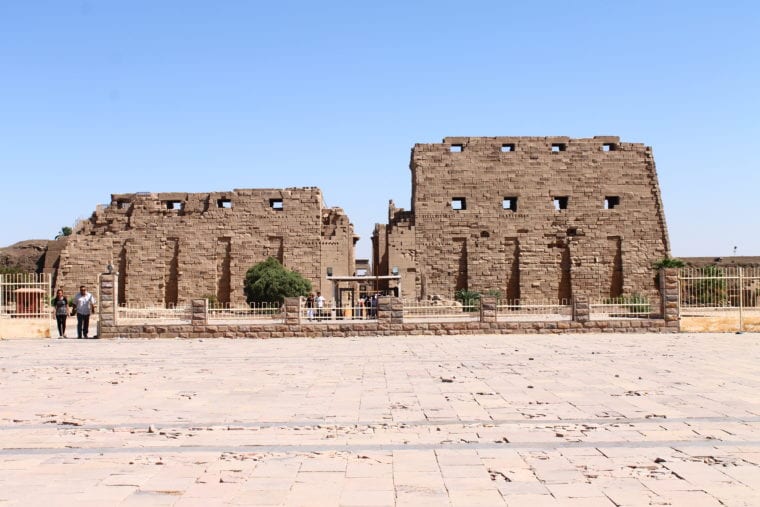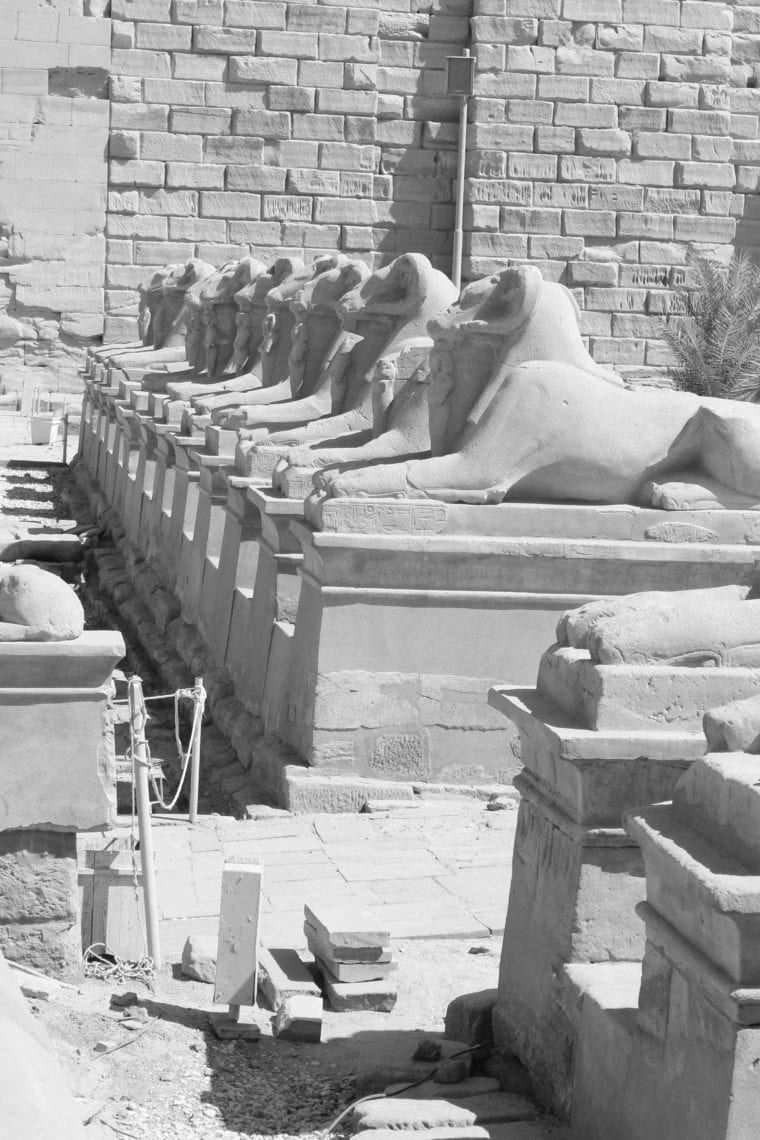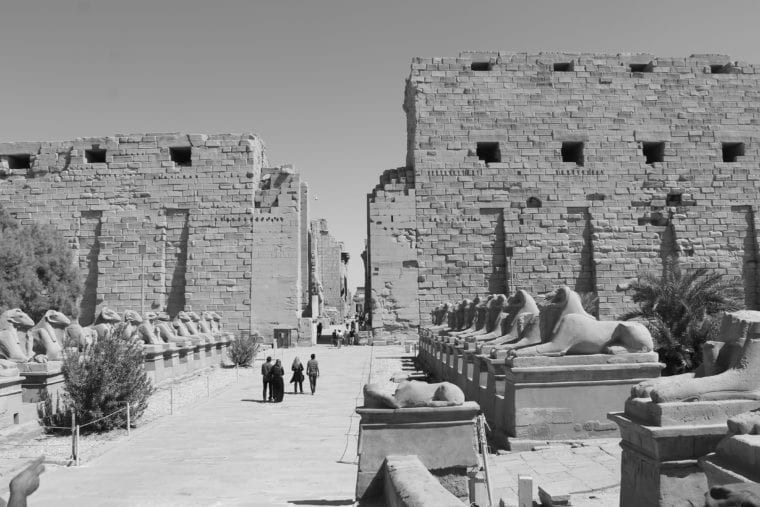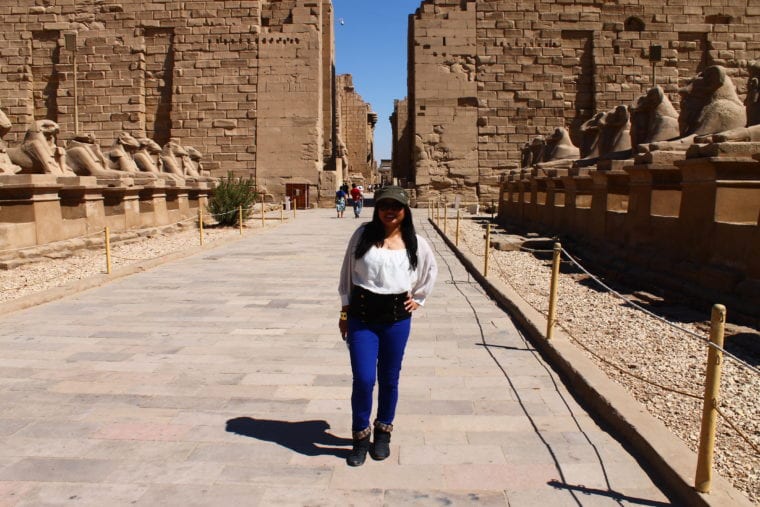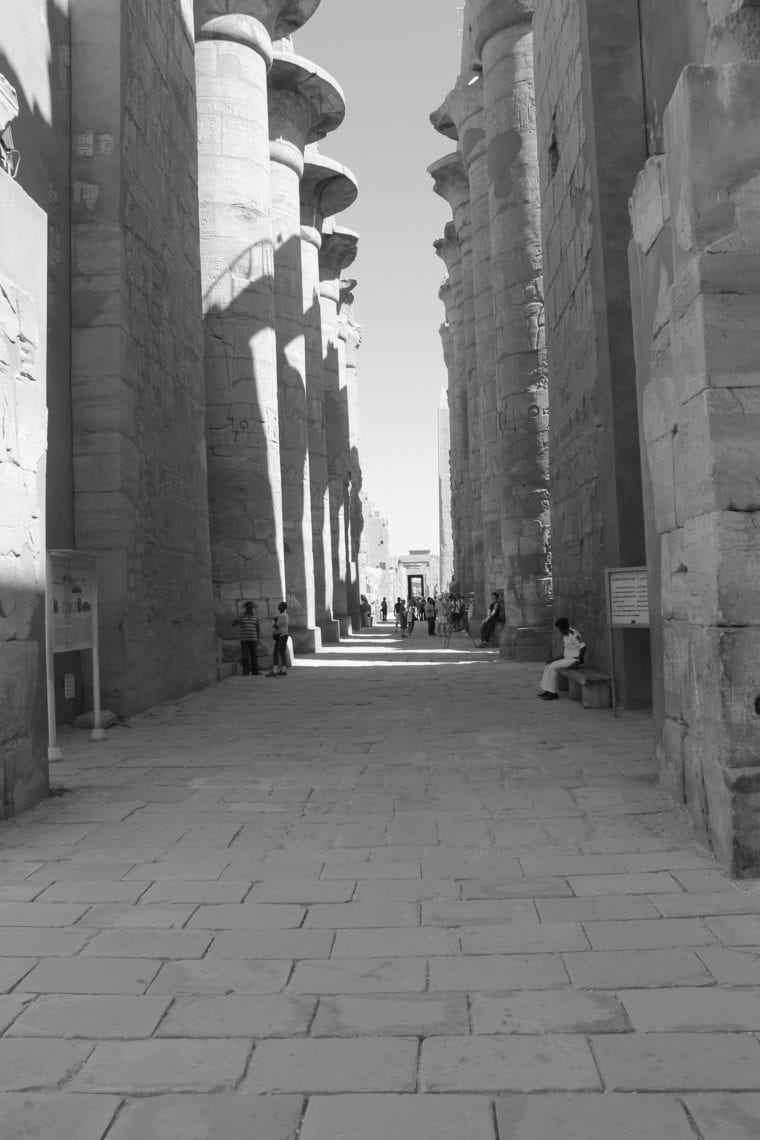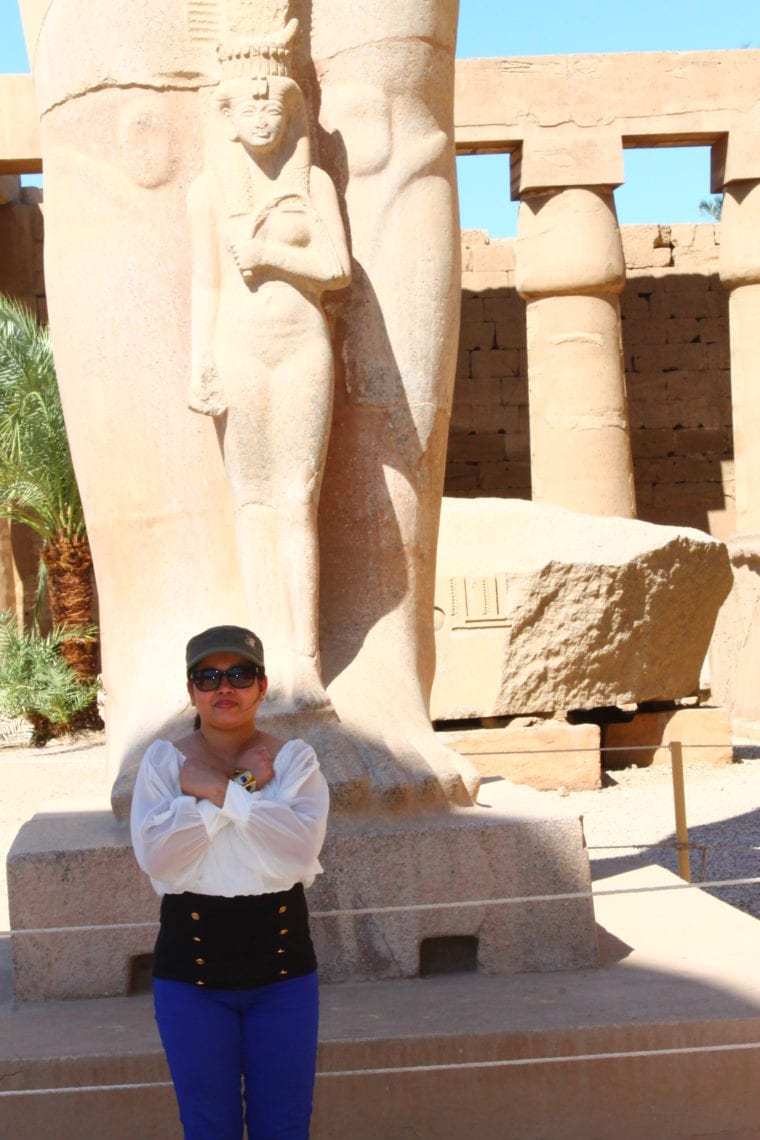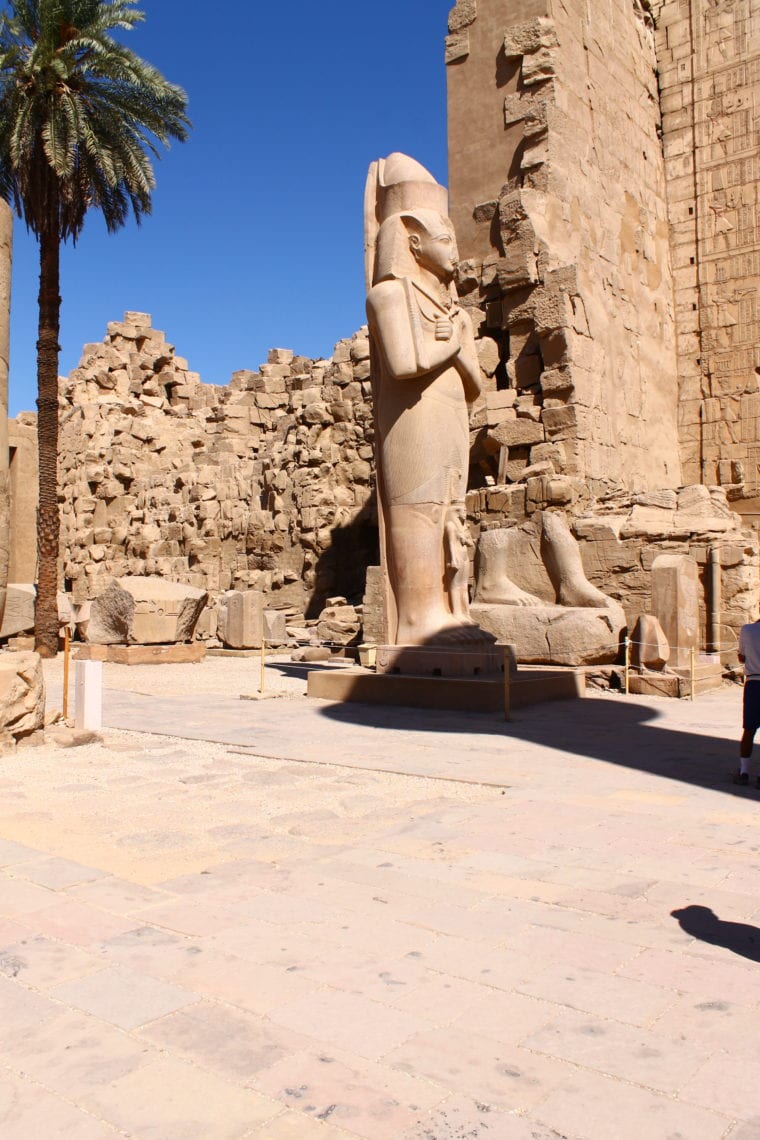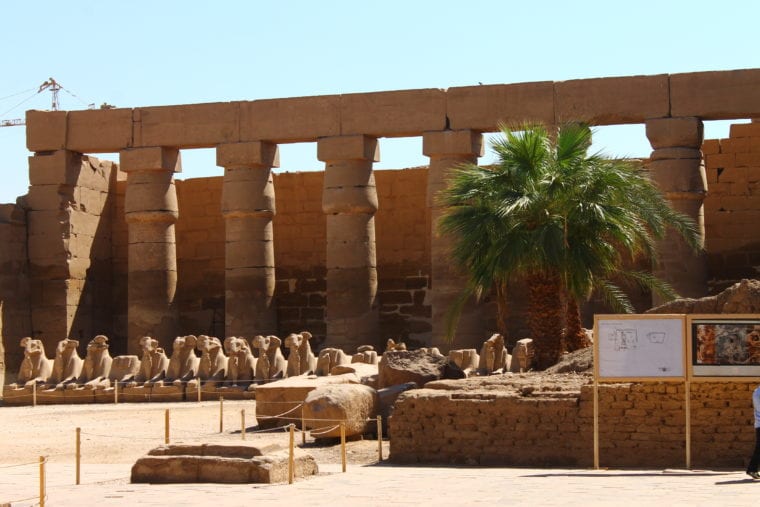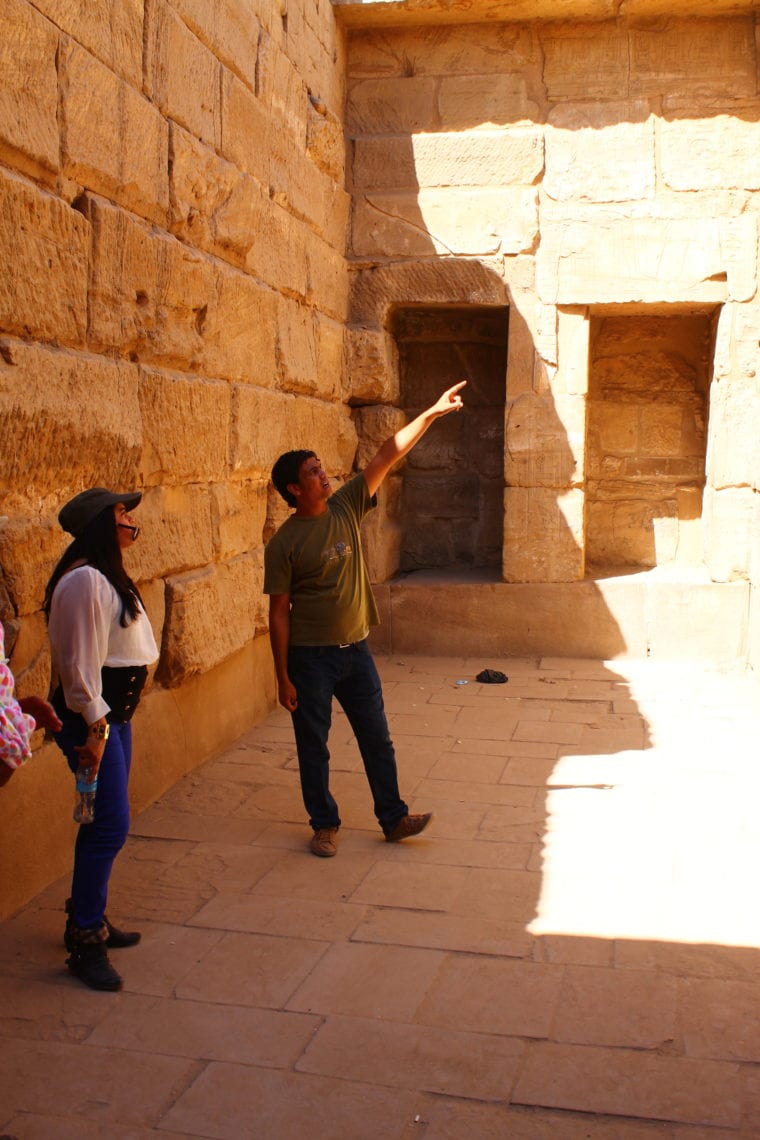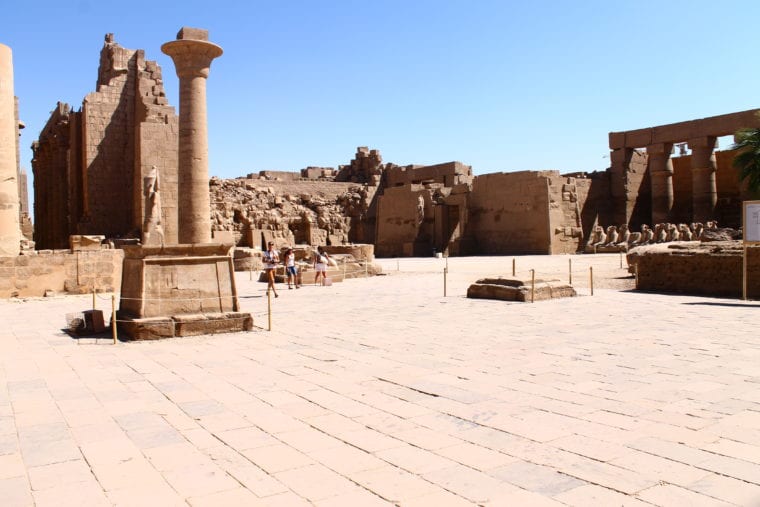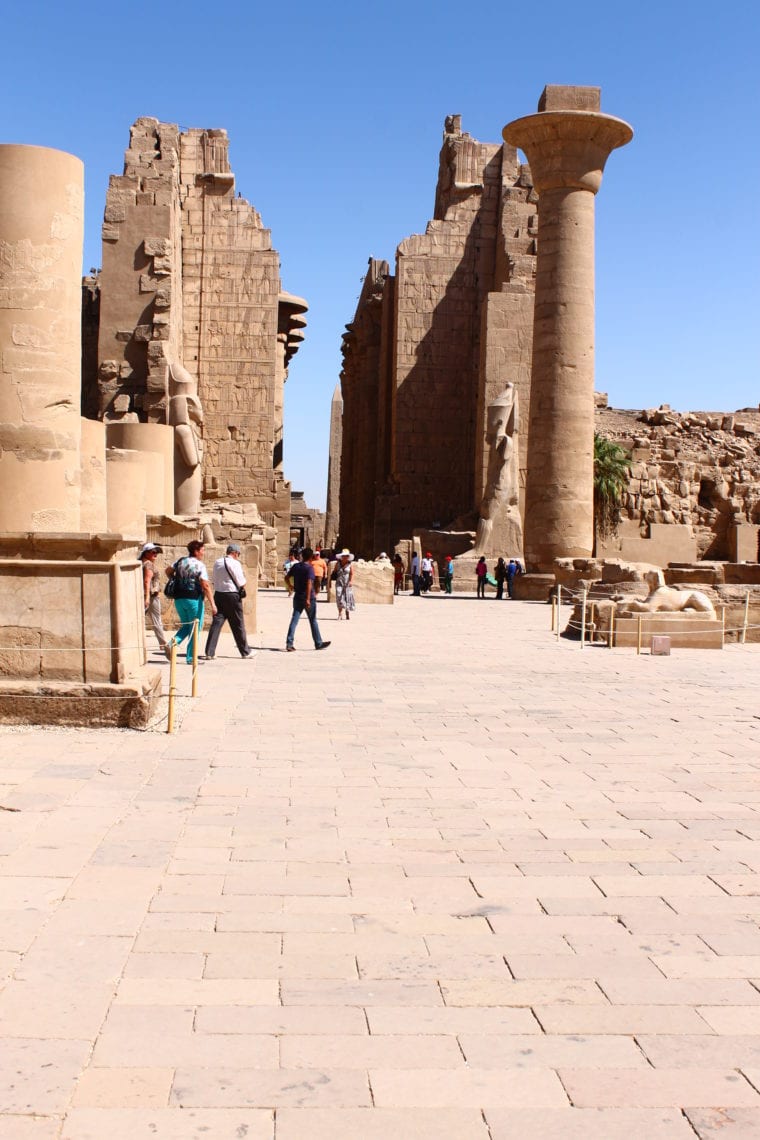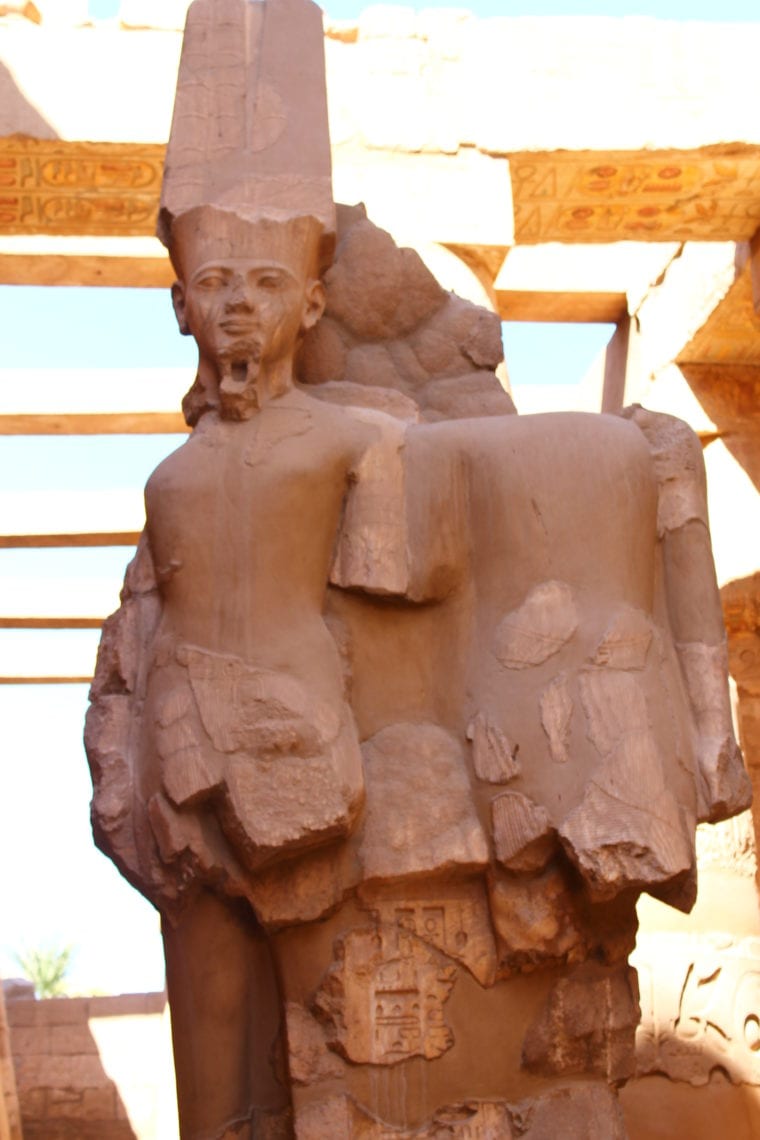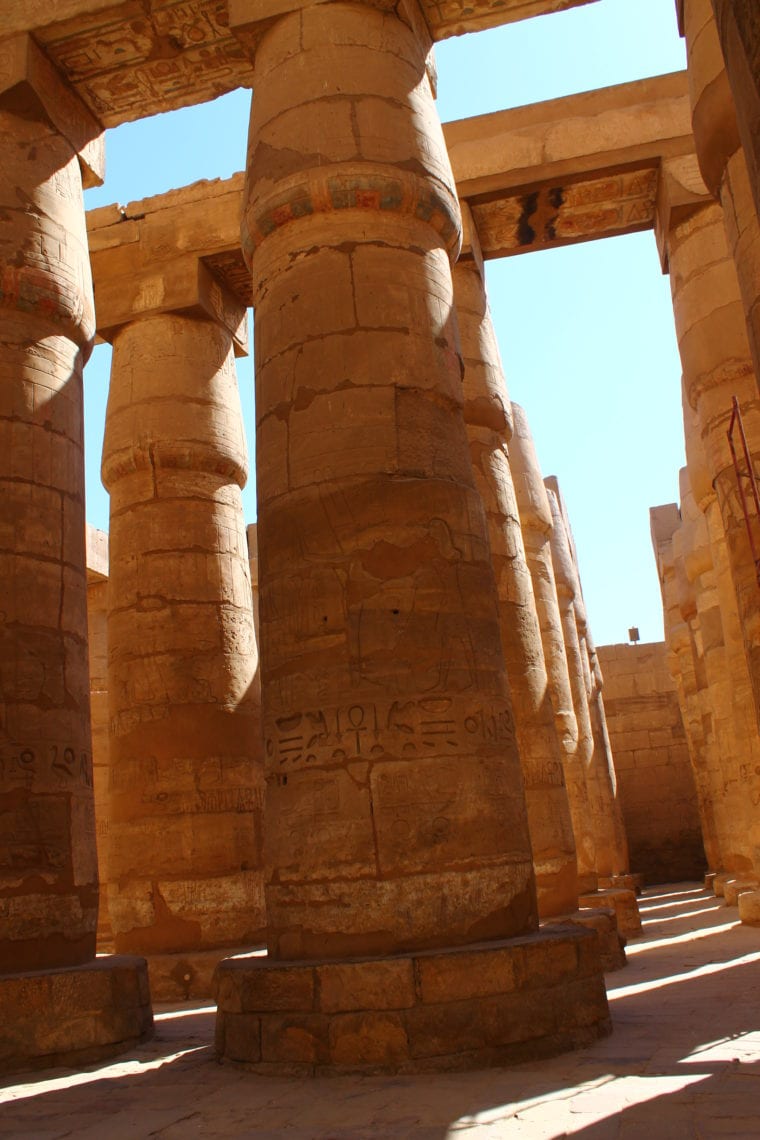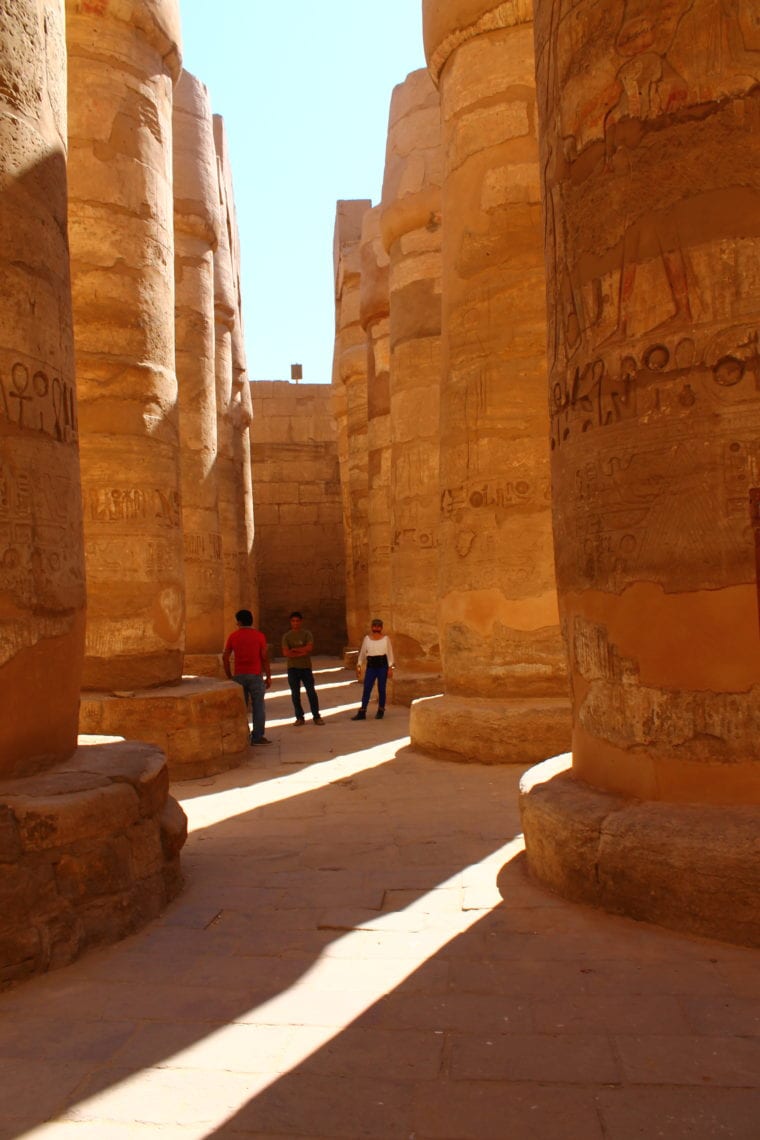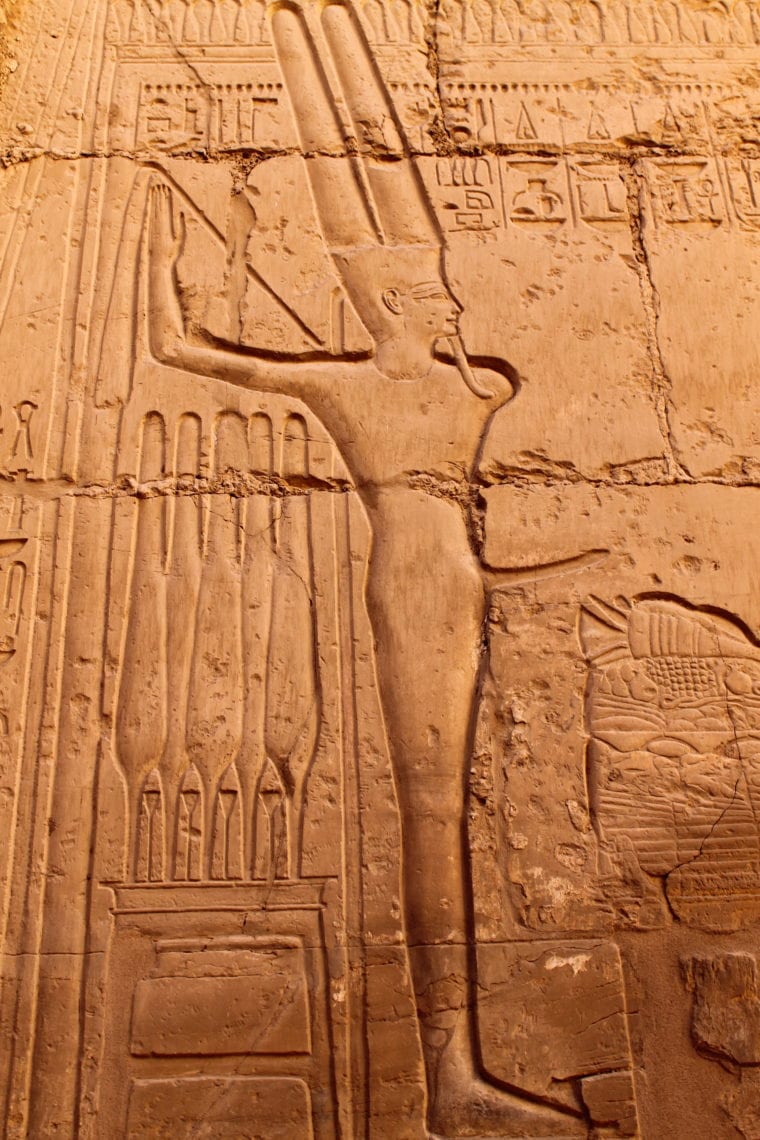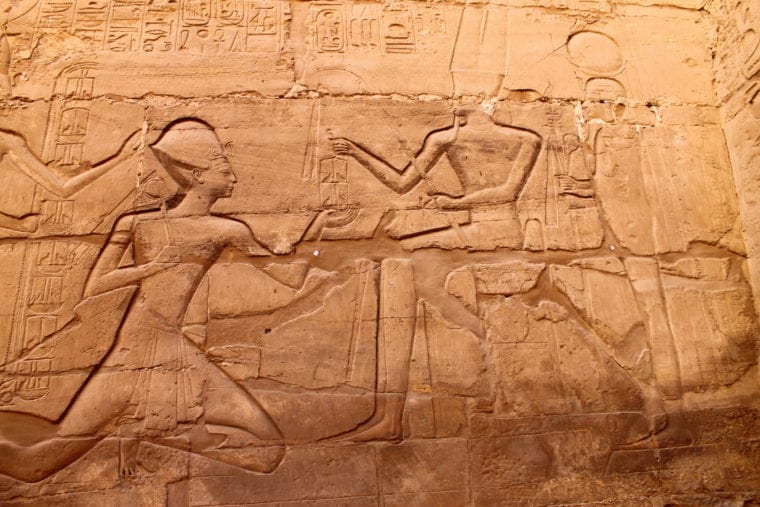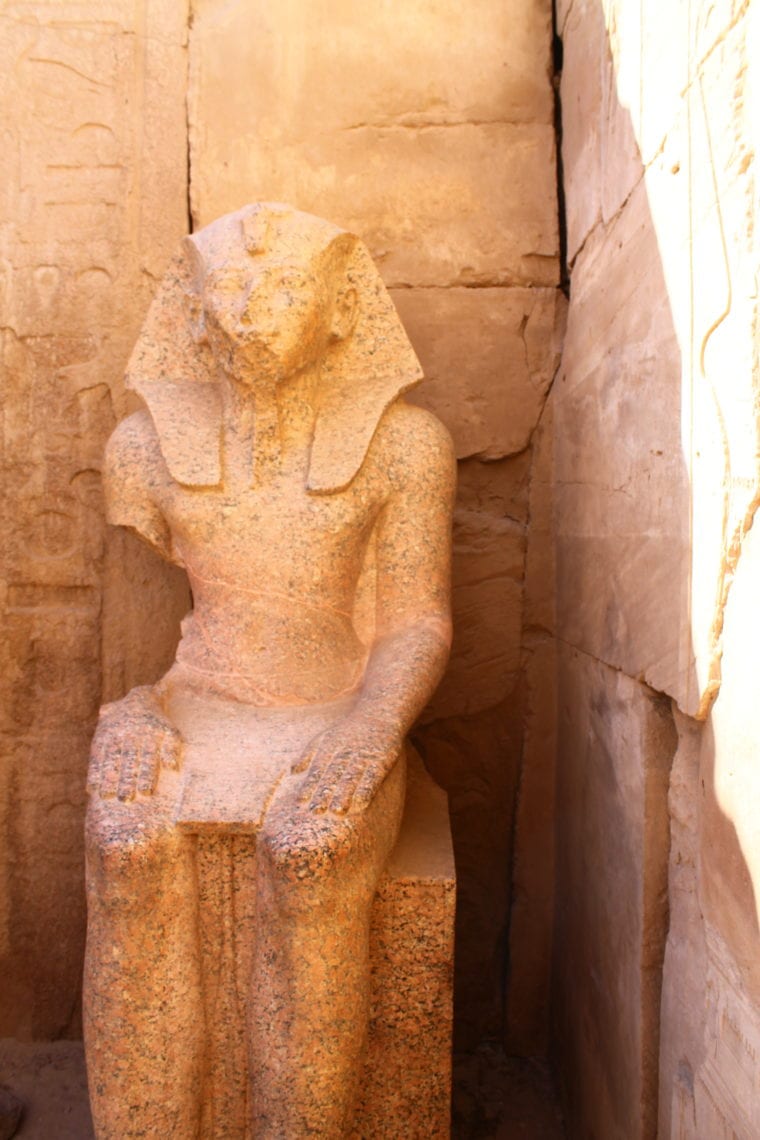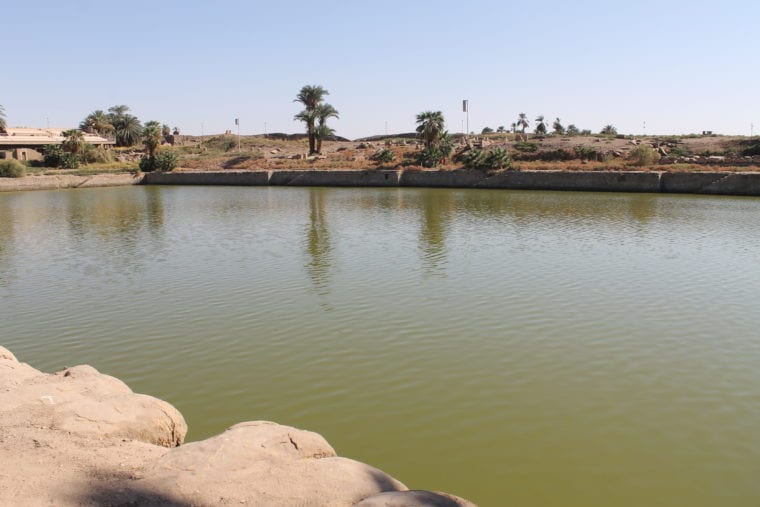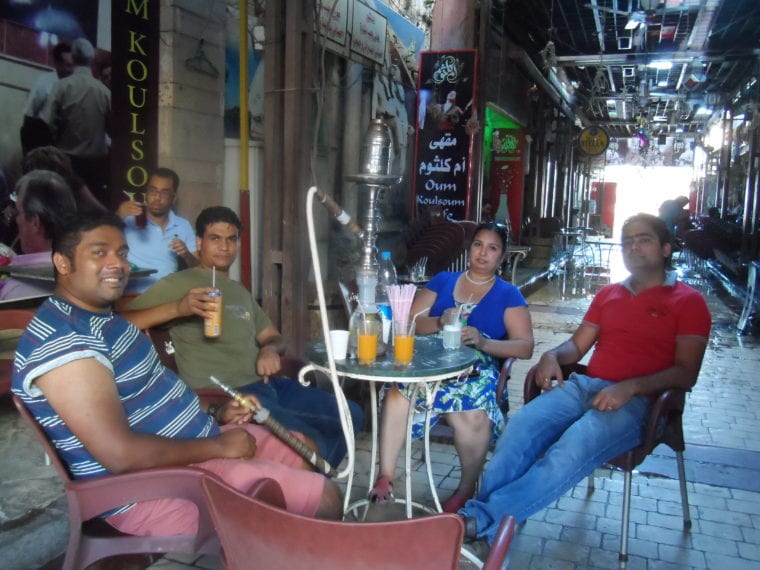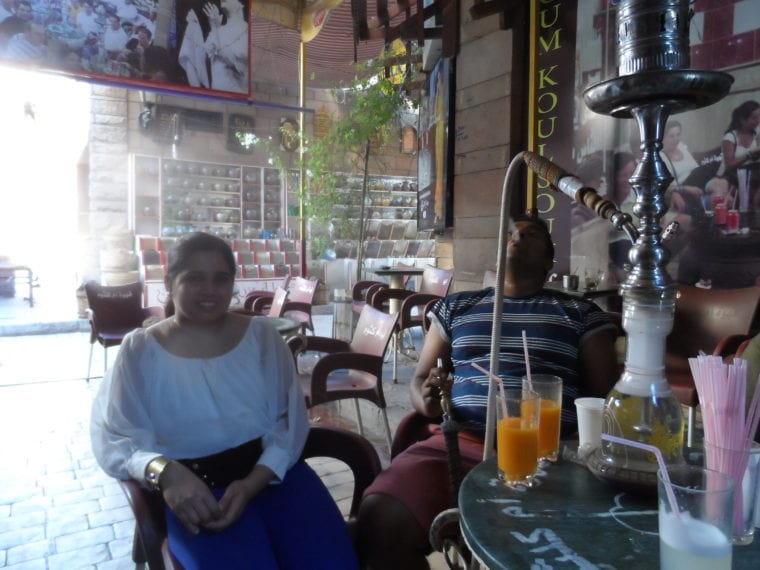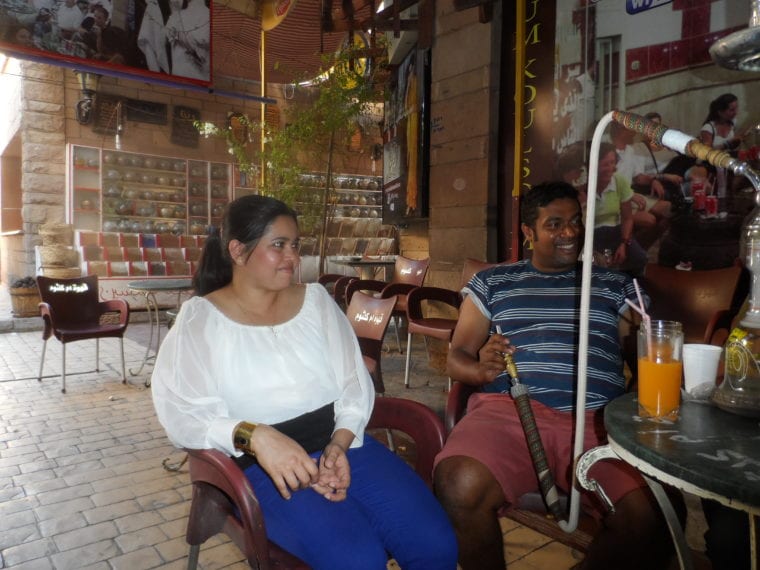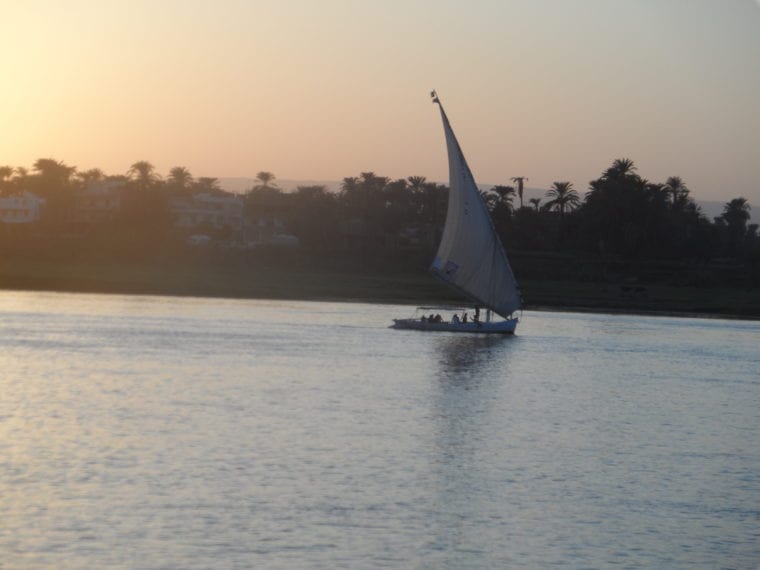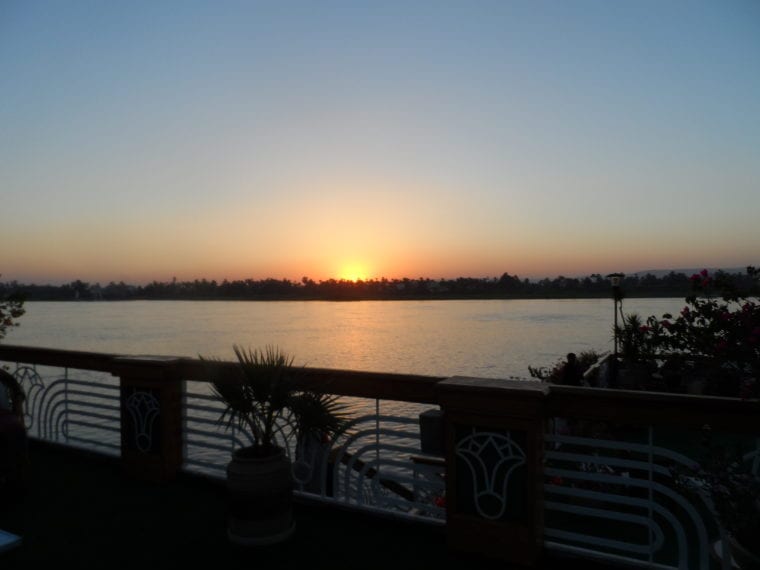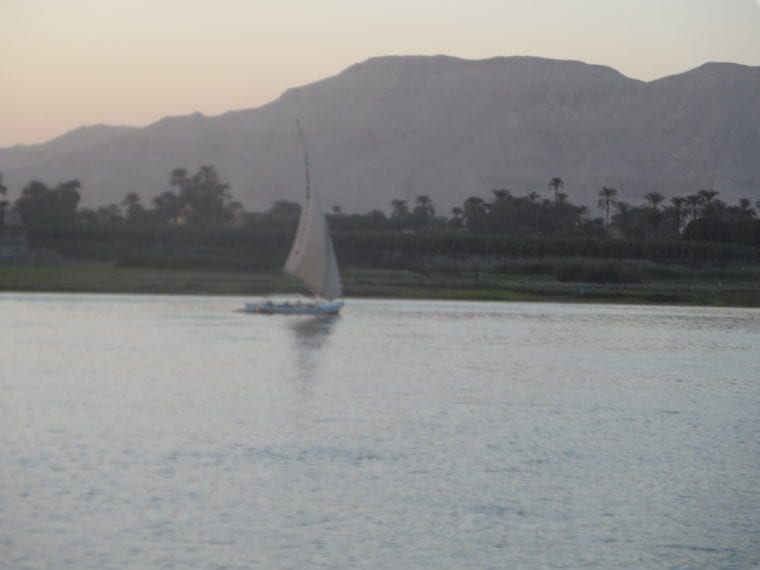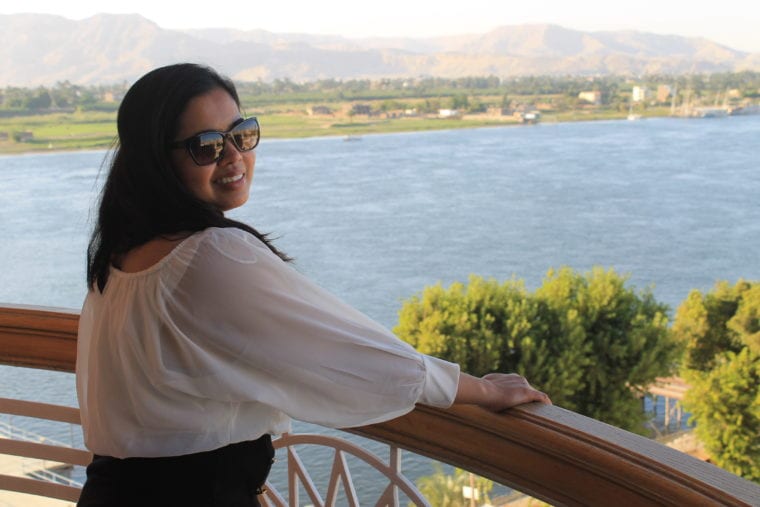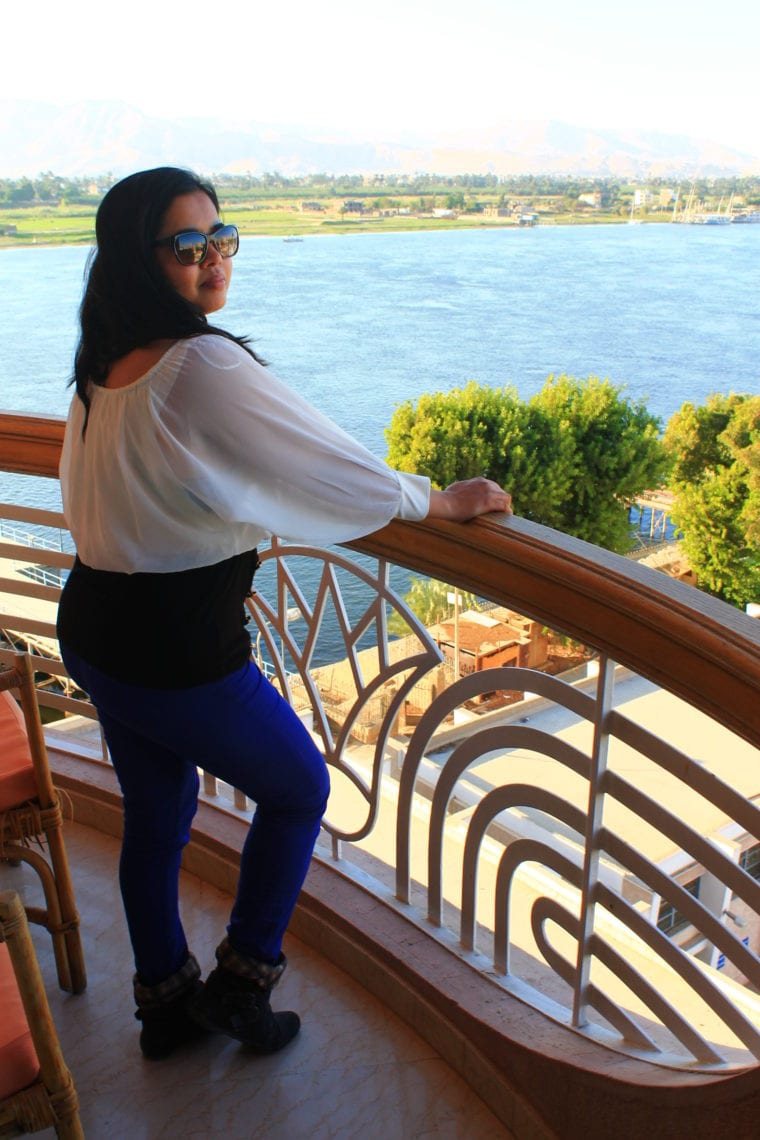- Day Trip in Cairo : Visit Memphis and Sakkara
- Visit the Great Giza Pyramids and the Sphinx
- Must See Attractions in Luxor : Tutankhamun, Karnak, Nile and more Mysteries
- Visit Cairo – Egyptian Museum, Coptic Cairo and River Nile Cruise
The life you have led doesn’t need to be the only life you have.Anna Quindlen
Luxor was one of the off beaten destination I wanted to visit as part of our Egypt tour (Read more). Having seen quite a lot of documentaries on Discovery and Nat Geo about Tutankhamun and its linked mysteries – this place fascinated me like never before. So when I booked my Egypt tour, I made it a point to visit Luxor and what best is I found a day tour with flights To/fro from Cairo –which was ideal. Join us to explore the Must See Attractions in Luxor including Tutankhamun tomb, Karnak Temple, Colossus of Memnon, River Nile and much more.
We had an early morning flight to Luxor from Cairo – honestly I couldn’t sleep well just trying to hold back my excitement. An hour’s flight and we were in Luxor greeted by our very friendly and informative guide at the airport.
Our first destination – The Valley of Kings. Also known by the name Valley of the Tombs of the Kings, was a burial site for almost all the kings (pharaohs) of the 18th, 19th, and 20th dynasties (1539–1075 BC). Located in these hills are 62 known tombs with varying plans consisting essentially of a descending corridor interrupted by deep shafts to baffle robbers and pillared chambers. At the farther end of the corridor is a burial chamber with a stone sarcophagus in which the royal mummy was laid and store chambers around which furniture and equipment were stacked for the king’s use in the next world. The walls were in many cases covered with sculptured and painted scenes depicting the dead king in the presence of deities, especially the gods of the underworld, and with illustrated magical texts similar to those found in funerary papyri, designed to help him on his journey through the nether regions.
The area has been a focus of concentrated archaeological and Egyptological exploration since the end of the eighteenth century, and its tombs and burials continue to stimulate research and interest. In modern times, the valley has become famous for the discovery of the Tomb of Tutankhamun (with its rumors of the Curse of the Pharaohs), and is one of the most famous archaeological sites in the world.
Tutankhamun was an Egyptian pharaoh of the 18th dynasty (ruled c. 1332–1323 BC in the conventional chronology), during the period of Egyptian history known as the New Kingdom or sometimes the New Empire Period. He has, since his discovery, been colloquially referred to as King Tut. The 1922 discovery by Howard Carter and Lord Carnarvon of Tutankhamun’s nearly intact tomb received worldwide press coverage. It sparked a renewed public interest in ancient Egypt, for which Tutankhamun’s mask, now in the Egyptian Museum, remains the popular symbol. Exhibits of artifacts from his tomb have toured the world and generated a lot of interest. The “mysterious” deaths of few of those who excavated Tutankhamun’s tomb have been popularly attributed to the Curse of the Pharaohs.
There is no photography allowed in the valley or in the tombs, however you can buy a photo package for 70-80 EGP.
Visiting Tut was like homage, a big tick against my bucket list. King Tutankhamun’s mummy still rests in his tomb in the Valley of the Kings. 5,398 items were found in the tomb, including a solid gold coffin, face mask, thrones, archery bows, trumpets, a lotus chalice, food, wine, sandals, and fresh linen underwear. Howard Carter took 10 years to catalog the items. Recent analysis suggests a dagger recovered from the tomb had an iron blade made from a meteorite.
After the fascinating visit to King Tut, we head to Mortuary Temple of Hatshepsut. This is an ancient funerary shrine in Upper Egypt dedicated to the Pharaoh Hatshepsut. The mortuary temple is dedicated to the sun god Amun and is considered one of the “incomparable monuments of ancient Egypt”. Located on the western bank of the Nile, the terraces of the temple were decorated with gardens of frankincense trees and other rare plantings which are depicted on the walls.
The site chosen by Hatshepsut for her temple was the product of precise strategic calculations. It was situated not only in a valley considered sacred for over 500 years to the principal feminine goddess connected with the funeral world, but also on the axis of the temple of Amun of Karnak, and finally, it stood at a distance of only a few hundred meters in a straight line from the tomb that the queen had ordered excavation for herself in the Valley of the Kings on the other side of the mountain.
On our way back, we saw two huge statues in seated position right next to the road – I had never heard of these before. This was the Colossus of Memnon, two massive stone statues on the west bank of the River Nile. The statues are incredibly tall, about 18 meters high. They represent Pharaoh Amenhotep III, who reigned ancient Egypt some 3,400 years ago. The twin statues depict the pharaoh in a seated position, his hands resting on his knees and his gaze facing eastwards towards the river. They once stood at the entrance gate of Amenhotep’s memorial temple, a massive construct built during the pharaoh’s lifetime, where he was worshipped as a god-on-earth.
Next we head to the Karnak Temple – Cult temple dedicated to Amun, Mut and Khonsu, the largest religious building ever constructed. Karnak is a city of temples built over 2,000 years and the place is still capable of overshadowing many wonders of the modern world and in its day must have been awe-inspiring. The temple complex comprises a vast mix of decayed temples, chapels, pylons, and other buildings.
The complex is a vast open-air museum, and the second largest ancient religious site in the world, after the Angkor Wat Temple of Cambodia. It is believed to be the second most visited historical site in Egypt; only the Giza Pyramids near Cairo receive more visits. For our visit to Giza Pyramids – Click here. It consists of four main parts, of which only the largest is currently open to the general public. The term Karnak often is understood as being the Precinct of Amun-Ra only, because this is the only part most visitors see. The three other parts, the Precinct of Mut, the Precinct of Montu, and the dismantled Temple of Amenhotep IV, are closed to the public.
Though the Karnak temple was amazing, we were really exhausted by this time. Egyptian sun drains you out and the desert is scorching hot. Seeing our state, our guide suggested taking a little break in one of the small cafes, locally called ahwa. Few puffs of Hookah and some fresh juice and we were up and running.![]()
The sun was setting over the horizon and our flight was quite late, so the guide booked us into a hotel. And all this was included in the cost of the trip – this was a pleasant surprise. And to top it all up it was on the shores of the Nile. Watching the sun set over the Nile was a memory I will carry from Egypt and will retain forever.
Finally we were picked from the hotel for our drop to Luxor airport and back to Cairo. This had been an amazing day trip and something I would have regretted if I hadn’t done it.
Our Egyptian journey was one to remember – Click here for more info.
If you need any information or have any feedback, please feel free to leave a comment here and I’ll get back to at the earliest.

